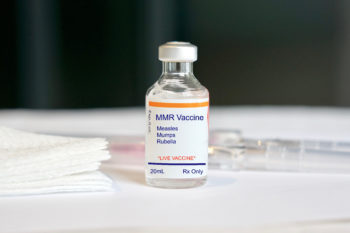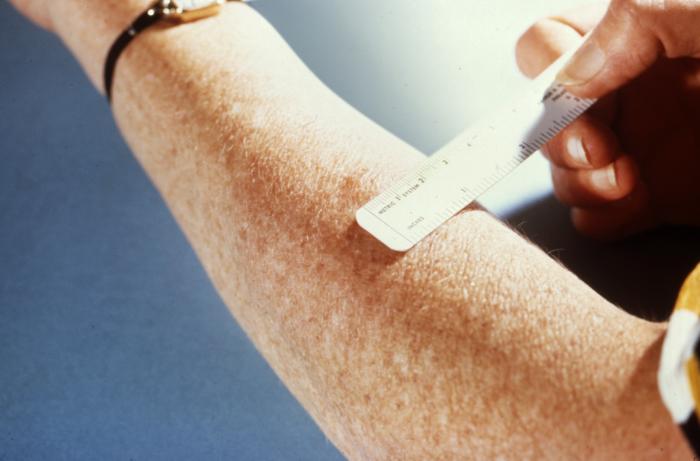The goal is lofty. But the work has begun.
Last week, the steering committee of the Eliminate Hepatitis C San Diego County Initiative met for the first time, an initial step in the effort to reduce new infections of hepatitis C by 80 percent and deaths by 65 percent over the next 12 years.
Spearheaded by the County Health and Human Services Agency and the American Liver Foundation-Pacific Coast Division, the committee, comprised of members from the public and private medical community, met to begin developing recommendations to accomplish this ambitious goal.
“By joining forces and strengthening our local efforts, we expect to eliminate this curable disease as a public health threat and improve longevity and quality of life for people living with hepatitis C,” said Wilma Wooten, M.D., M.P.H., County public health officer.
Hepatitis C is a serious liver disease caused by the hepatitis C virus, different than the viruses that cause hepatitis A and B. The virus, for which there is no vaccine, often goes unnoticed since most people who contract it will not show symptoms until they develop long-term complications. Acute hepatitis C typically occurs within six months of exposure and symptoms include fever, fatigue, dark urine, nausea, vomiting and jaundice.
“Most people with hepatitis C might not be aware of their infection because they do not feel ill,” said Scott Suckow, executive director of the American Liver Foundation-Pacific Coast Division, which promotes liver health and disease prevention through research, education and advocacy for those affected by liver-related diseases, including hepatitis.
Over time, most people (75 to 85 percent) infected with hepatitis C will develop chronic infection. Complications begin to appear 20 to 30 years after contracting the virus, with roughly 20 percent of people with chronic hepatitis C going on to develop cirrhosis and, in some cases, cancer of the liver.
According to the Centers for Disease Control and Prevention, approximately 3.5 million people in the United States are estimated to have chronic hepatitis C and approximately 18,000 people died in 2016 from hepatitis C-related liver disease, a figure which the CDC believes is an underestimate.
Last year, 3,112 new cases of hepatitis C cases were reported in San Diego County. Hepatitis C is listed as an underlying cause of death annually in 70 to 100 deaths in the region.
Most cases are likely undiagnosed, and rates of hepatitis C-related complications are expected to increase over the next several years.”
Wilma Wooten, County public health officer
How is hepatitis C contracted?
Most cases of hepatitis C transmission occur through exposure to small quantities of blood, primarily among people who inject drugs. While the virus is not typically transmitted through sexual practices, recent studies have shown that sexual transmission does occur, particularly among HIV-positive people. Additionally, hepatitis C has been detected in people from other countries who contracted it through unsafe injection practices or health care.
Baby boomers are at higher risk of having hepatitis C, especially those born between 1945 and 1965. Some of these people may have been infected through contaminated blood and blood products before widespread screening of the blood supply for hepatitis C began in 1992.
In order to eliminate hepatitis C, we will need to increase prevention efforts, expand testing in clinics and other settings and provide access to treatment across primary care settings.”
Christian B. Ramers, M.D., M.P.H., infectious diseases specialist and assistant medical director of Family Health Centers of San Diego who co-chairs the Elimination steering committee
Who should be tested for hepatitis C?
The Centers for Disease Control and Prevention recommends that the following groups of people be tested for hepatitis C:
- Everyone born between 1945 and 1965.
- Current or former injection drug users, including those who injected only once many years ago.
- Recipients of clotting factor concentrates made before 1987, when less advanced methods for manufacturing those products were used.
- People who got blood transfusions or solid organ transplants prior to July 1992, before better testing of blood donations became available.
- Chronic hemodialysis patients.
- People with known exposures to hepatitis C, such as health care workers after needle sticks involving hepatitis C-positive blood and recipients of blood or organs from a donor who tested positive for the hepatitis c virus.
- People with HIV infection.
- Children born to mothers with hepatitis C.
Testing for hepatitis C is also recommended for incarcerated people, those who use intranasal drugs and people who got body art from an unlicensed tattoo parlor.
In 2016, the World Health Organization issued a proposal to eliminate hepatitis C by 2030, specifically reducing new cases of chronic hepatitis C cases by 80 percent. Last year, the United States Department of Health and Human Services published the National Viral Hepatitis Action Plan, which provides a framework for eliminating hepatitis C in the U.S. Additionally, since July 1, 2018, the California Department of Health Care Services issued a new Treatment Policy for the Management of Chronic Hepatitis C, which will result in more individuals diagnosed with hepatitis C receiving treatment immediately.
Over the next year, the steering and other committees of the Eliminate Hepatitis C San Diego County Initiative will develop recommendations on how to end hepatitis C in the region and present its plan to the County Board of Supervisors at the end of 2019. The Initiative is funded by unrestricted educational grants/support provided to the American Liver Foundation—the facilitating agency—by a coalition of organizations, including the Alliance Healthcare Foundation, AbbVie, Inc. and Gilead Sciences.
“There is no vaccine to prevent hepatitis C, but there’s a cure, so we’ll be working with our public and private partners to try to put an end to the virus in San Diego County,” Wooten concluded.






